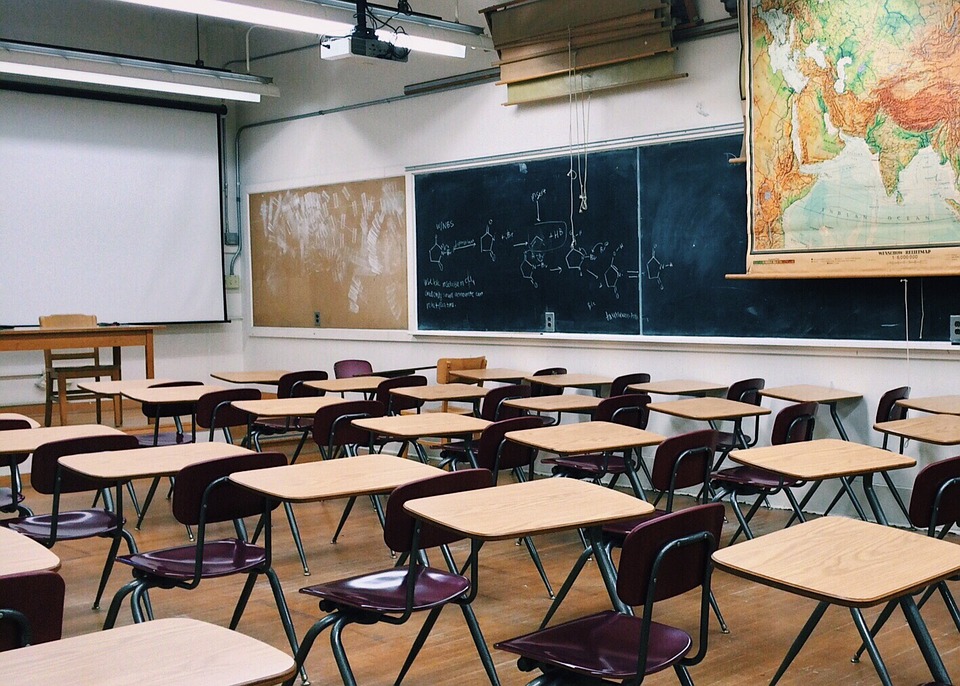Photo courtesy of Pixabay.com
DOUGLAS ROCHE III | OPINION COLUMNIST | droche@butler.edu
While jotting down some notes on drone warfare, I thought about how and why people take notes the way they do. Moreover, it is evident that there is a divide between students that take notes on paper with a pencil, while others prefer to use tablets or computers.
This divide can be seen amongst professors as well. Some use PowerPoints, Smart Boards and other forms of technology to teach their class, while some rely simply on a marker and the whiteboard for their lecture. The digital age has created a split in the tendencies of all affiliated with academia.
For Farhad Anwarzai, English and GHS professor, the use of laptops and technology in class has never been necessary in terms of taking notes. Anwarzai puts an emphasis on physical note-taking, as well as coming to class with hard copies of the reading material to be discussed on that day. Although it takes longer than typing, Anwarzai said he believes being able to interact with the text of a book is a skill that can be done only when physically writing out notes.
“When you write notes down with a pen on paper, you are engaging with the text,” Anwarzai said. “Notes are like buzzwords. And with those buzzwords, we are better capable of connecting the elements and ideas of texts if we are thoroughly engaging with the text. That cannot be done on a computer.”
Per an article from npr.org on the advantages of taking notes by hand, a study by Pam A. Mueller of Princeton University and Daniel M. Oppenheimer of the University of California, Los Angeles was cited while pointing out an advantage of the rate at which students absorb information with hand-taken notes. The study showed that since students are forced to be more selective with the information they write down, material being learned was processed at a more efficient rate. This is known as generative note-taking.
Anwarzai showed me a textbook for his East Asians Interactions course, Charles Holcombe’s ”A History of East Asia.” Next to the text were various bullet points, keywords and short summaries of the book’s material.
For Carly Donohue, junior health science and pre-physician assistant major, physical note-taking and digital note-taking both play prominent roles in her learning experience.
“Note-taking off of my laptop is very beneficial with professors that cover the material faster,” Donohue said. “With that said I have found that writing down my notes while studying for, say, a quiz or exam, it is much more effective in terms of memorization.”
While it is typical for students to elect to do one form of note-taking only, I have found this process of absorbing information twice to be effective. Although re-recording notes sacrifices time outside of class by recording notes you already have, it is less likely to miss points from a professor’s lecture. Time efficiency is evidently the most advantageous aspect of digital note-taking.
Anwarzai acknowledges the convenience and time friendliness that comes with digital text and note-taking, but said he believes students are more likely to disconnect from not just the text, but the rest of the class.
“I think it disrupts discussion,” Anwarzai said. “Students are given 75 minutes devoted to discussing and connecting to the material of assigned texts, which digital multimedia can take away from too easily.”
Anwarzai also elaborated on the importance of children beginning to learn how to effectively read and interpret text at an earlier age.
It is much more common to see the integration of technology in elementary and middle school classrooms in the world we now live in.
“The rate at which children are becoming technologically literate is astounding,” he said. “With that said, however, the importance of teaching our youth how to effectively read and interpret text cannot be undervalued.”
According to allianceforchildhood.org, the incorporation of technology in the classroom is happening as early as a student’s sixth year of school.
Despite being an advocate for physical note-taking, Anwarzai said he does believe technology can be used effectively in the classroom when it serves a purpose.
“When it enhances the student’s learning experience and truly adds to the topic of discussion, technology can be instrumental how students give and receive information, as well as interpret texts and ideas,” Anwarzai said. “It is crucial that technology serves us, rather than we serve technology.”
It does seem like humans act as servants to technology. Humans have grown accustomed to presenting almost a second life on social media platforms that, at times, is prioritized over our real lives. Hence why it can be so difficult to stay off of Facebook or Twitter while your professor clicks through his or her slides.
While social media will always serve as a distraction for as long as your face is buried into a screen, there is, however, room for incorporation for social media and content sharing in academia that only digital devices can offer.
Several applications serve as productive and effective forms of studying and note-taking. There is also the opportunity to share and receive various notes or texts with applications like Quizlet. The social media aspect of digital note-taking and texts is something I believe will grow in the years to come. Moodle is another example of effective incorporation of technology in academia by offering a network to access both classmates and class material beyond the 75-minute class period.
While we dive deeper into a digitally-driven age, it is interesting to see how the classroom, students, professors and academia in general evolves, and how traditional learning practices coalesce with digital forms of educating. As the generation that introduced technology and digital media, acknowledging the evolution of academia from the intersecting of generational practices is important.




Pingback: Learning how to learn: exploring the evolution of academia - Physician Assistant Training